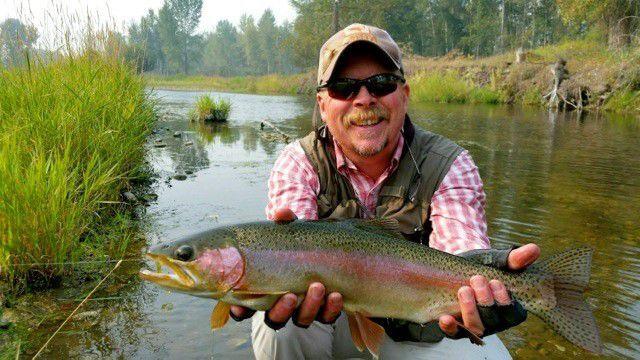Eddie Olwell
In this summer of unprecedented drought, fire, and heat, we are seeing firsthand the social and economic impacts of global warming.
Two of Montana’s industries dependent on abundant clean water, fly fishing, and agriculture are being hit particularly hard. Stock growers are having trouble with a hay shortage, beekeepers are seeing reduced honey production and food growers are seeing diminished crop productivity.
Our trout fisheries are suffering terribly from the affects of low flows and high temperatures. Trout require cold clean water and begin to be impacted as water temps rise into the high 60s.
Montana Fish Wildlife and Parks has instituted “Hoot Owl” restrictions and some outright fishing closures on 17 of the states rivers and streams to protect stressed trout populations.
Along with this year’s drought, FWP has seen a sharp decline in brown trout populations on many of the great trout streams of the Upper Missouri watershed. This is of particular concern as brown trout are more resilient being able to survive poorer water quality and higher temps than our native trout. Many thought the browns would fair better in a warming climate.
Biologists are studying the decline in brown trout on these rivers but have yet to find a smoking gun. One theory is that brown trout are having less success reproducing due to low flows in fall when they spawn. These problems can be overwhelming to the average fly fisher and seem like a solution is out of our control.
Credit: Source link






























